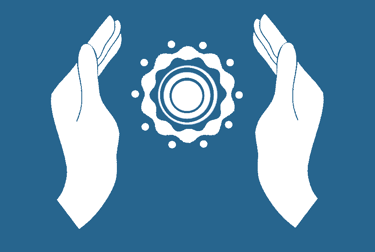
Making a Start with Gratitude
Learn the basics of a gratitude practice and some simple steps and tips to help start one in a way that is right for you.
THEME OF THE WEEK
Gratitude has become one of those buzz words we often hear.
When it is suggested to practice gratitude we often think, “but I am grateful, I say thank you all the time.
Or “ I know I wouldn’t be where I am if it wasn’t for….
With our busy lives, we tend to overlook the small acts of kindness and generosity that enrich our days, focusing instead on grand gestures and significant events. Consequently, we risk taking for granted the little things that bring us joy.
With any new practice it can be difficult to know where to start, especially as there is a lot of of advice and guidance available online. So here you will find some basic details about what gratitude is and why it can help.
I share some basic principles and some simple tips to make a start, helping you to find a way that is right for you.


There has been much research in to the effects of gratitude on our health both physically and mentally. It has been found that it can enhance dopamine, influence the nervous system and improve sleep (1,3). It has also been shown that those who practice gratitude become more optimistic, leading to more positive experiences (2).
What is so great about being grateful? (the science bit)
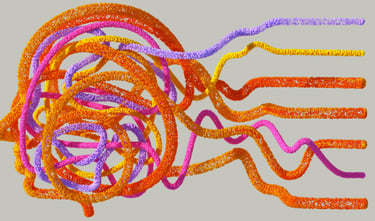

Psychology advocates that gratitude is a way of mitigating negative emotions such as anger, anxiety and depression. You may have heard the phrase, "gratitude is the antidote to anxiety".
“You can't feel fear or anger while feeling gratitude at the same time."
Tony Robins, 31 Oct 2014
By focussing on things we are grateful for we can start to alter our perspective. We think about the things we care about, including ourselves. Consequently, we look after those things and ourselves better.
Appreciating the good, even when life can feel challenging, allows us to build a mental buffer against stress. When we spend more time recognising the positive aspects of our lives, we can train our minds to more realistically evaluate perceived stresses and fears. It makes gratitude a vital tool for maintaining emotional balance.
When we apply this to our own energy system, we can see why when we experience things in life we feel positive about, we feel lighter. Likewise, in those times we are in a low mood, life can feel like we are walking through mud. Therefore, cultivating a sense of gratitude has a direct influence on the way our energy flows.
How does it work?


We need to do more than think gratefulness for it to be of benefit then. We actually need to feel it as well. In our daily lives, as busy as we are, immersing ourselves in this feeling is not something we regularly do. It is in the act of doing, where our brain learns and benefits from the experience.
What are the basics?
THINK - FEEL - DO
Basically, our aim is to create more opportunities to feel or do it. Actively taking a moment to find something to feel grateful for. In that moment we consciously recognise the feeling and reinforce it by acting on it or working with it.
We can take a quiet or meditative moment, journal or make a point of showing our appreciation.
Journaling can get you in to the flow of a feeling. Whether you write, draw or doodle, it creates images and feelings that keep you focussed and in the space of that feeling.


Did you know that the words thank you in Japanese means to be grateful for our own existence?
One of the main obstacles of starting any new practice is actually making a start. Whether we journal or just take a meditative moment, it is quite hard to think of something to evoke a feeling of gratitude.
Making a Start
A good way to start might be to remember a time or place, someone, something, an achievement or an event.
Eventually though, we can find it a struggle to think of something new.
It can then be difficult to keep the practice going as we don’t feel the benefit and give up.


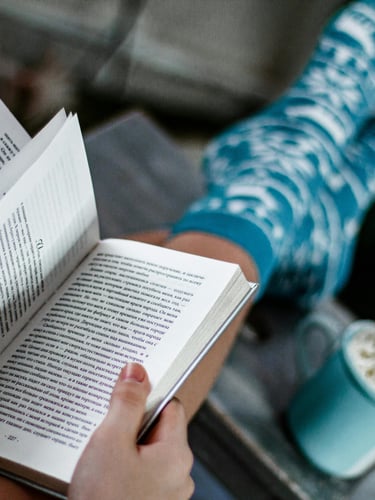

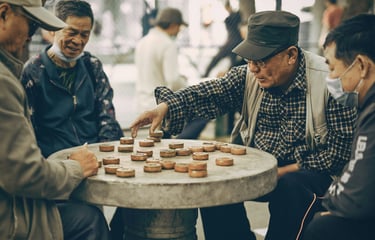

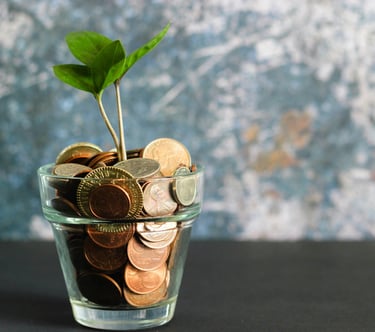

This is what I found when I first started. I realised I needed a prompt so I found ways to choose random things.
To do this I created 4 categories of people, places, hobbies and things and chose the one that I was most drawn to at the time.
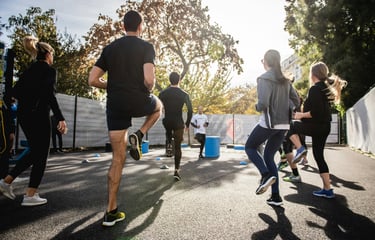

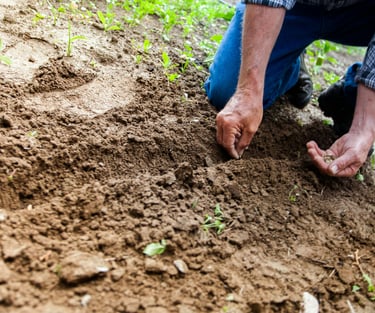

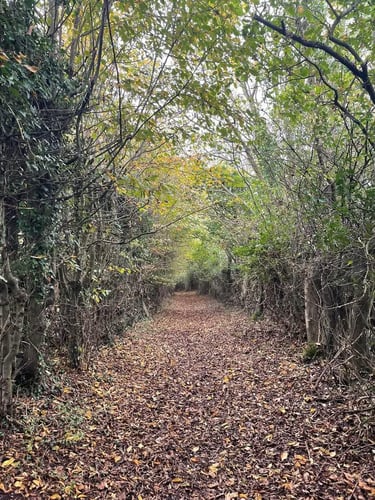

2. FEEL - Focus on your heart area and FEEL the gratitude and appreciation you have for it.
Developing your Gratitude Practice
Choose a category from below that you feel you are presently drawn to. No thought, just a feeling. See what comes in for you and follow the THINK - FEEL - DO steps below.
People - family, friends, neighbours, work colleagues, service people, yourself
Places - sofa, beach, town, countryside
Hobbies - sports, relaxation, shopping, dining out, gardening, art, music
Things - animals/wildlife, sun/moon/earth, tv, radio, vehicles, food, clothing
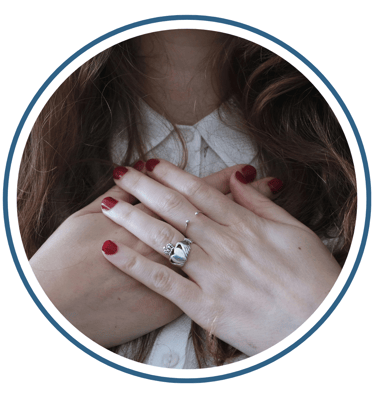

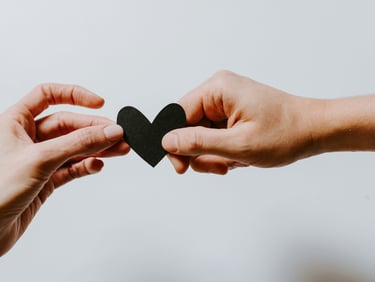

1. THINK - Take a moment to THINK about what you might be grateful for in relation to what you have thought of. What do you appreciate about it?
3. DO - DO something with that feeling.
Stay in this meditative space, breathing the feeling in and out through your heart area for as long as you feel you need to. You may like to place your hands over your heart. This can help you to focus your breath.
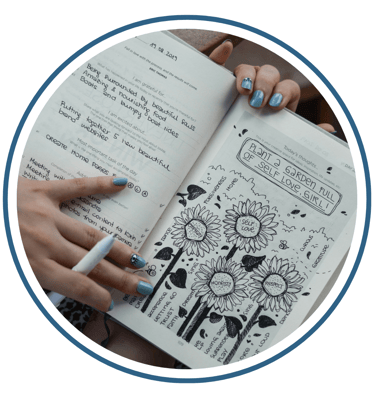

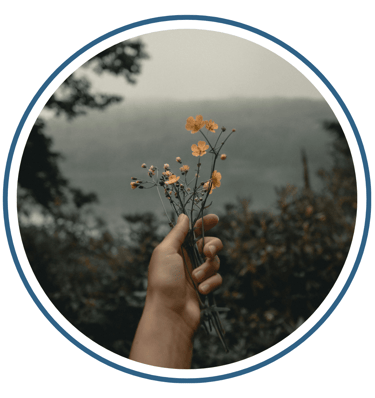

Journal, draw or doodle the feelings or images of gratitude that come to mind.
Is there a random act of gratitude or appreciation this prompts you to do today. Does it bring someone or something to mind that you may sometimes take for granted.
Just for today, make a point to actually say thank you or show appreciation.
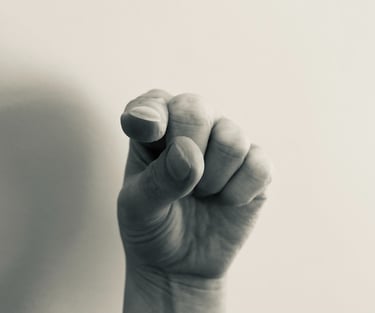

Remember, there is no right or wrong way to do any practice.
Just ensure it is the right way for you. With this, think how best you can fit it in with your daily routine.
Extra tip!
Create a daily Gratitude reminder.
This could be on your phone, a post it note on the fridge or a gratitude stone in your pocket or bag.
Feeling gratitude has positive effects on our physical and mental health. e.g. enhances dopamine, improves sleep, a more optimistic outlook.
Gratitude is the antidote to anxiety.
Builds a mental buffer against stress.
Enhances the flow of energy.
How - Create more opportunities to THINK - FEEL - DO gratitude.
Find a way that is right for you, that fits in to your daily routine.

